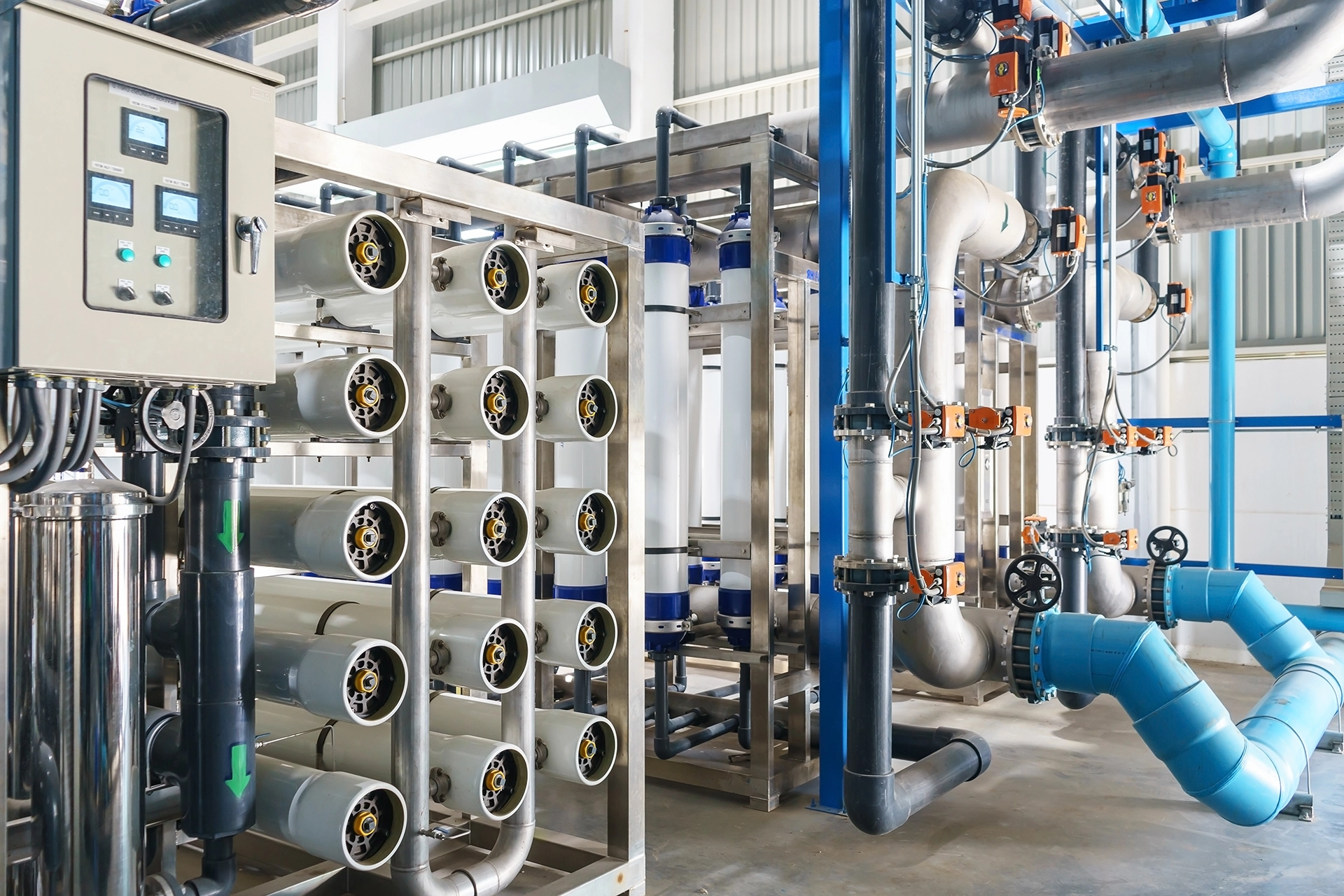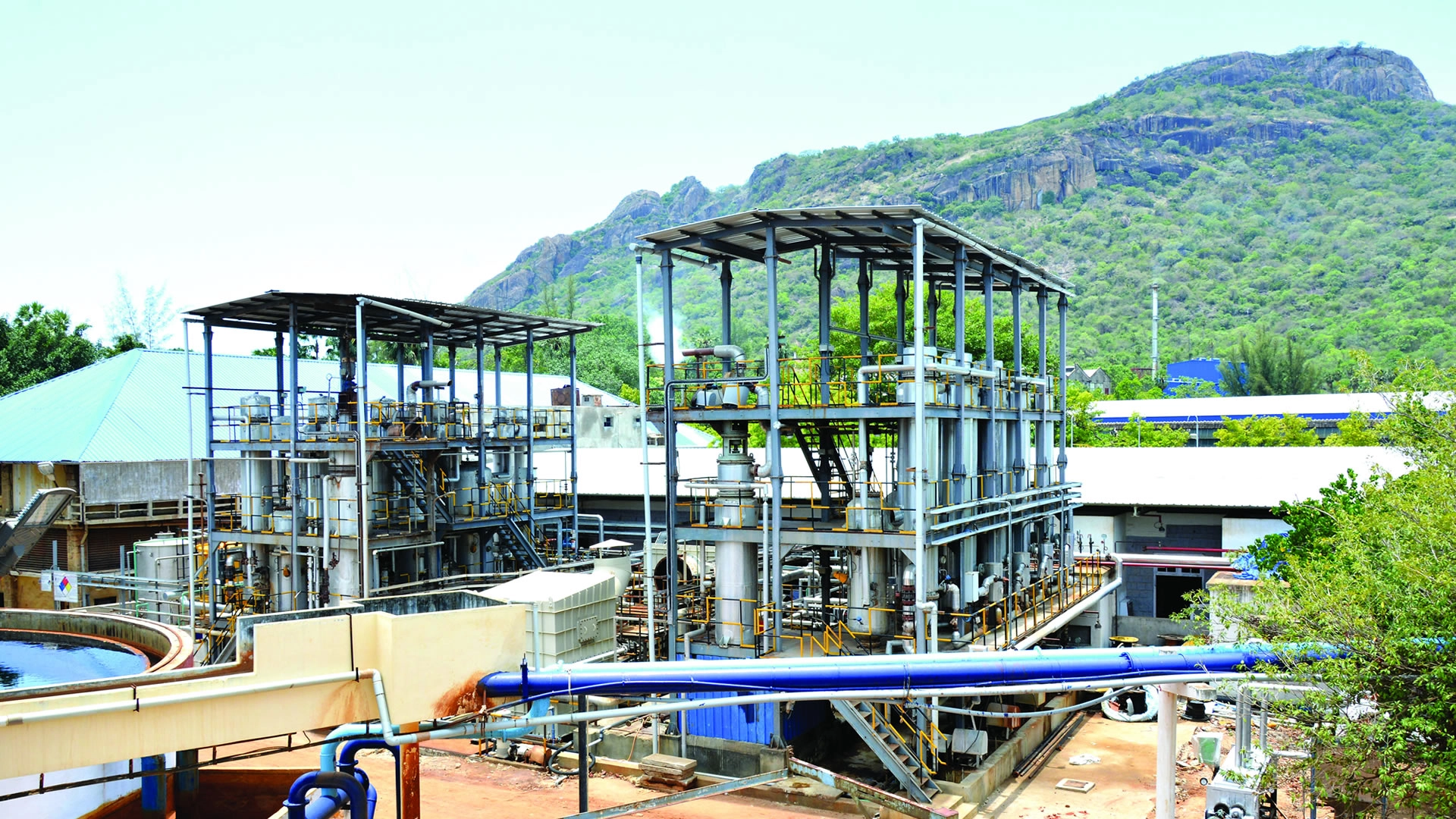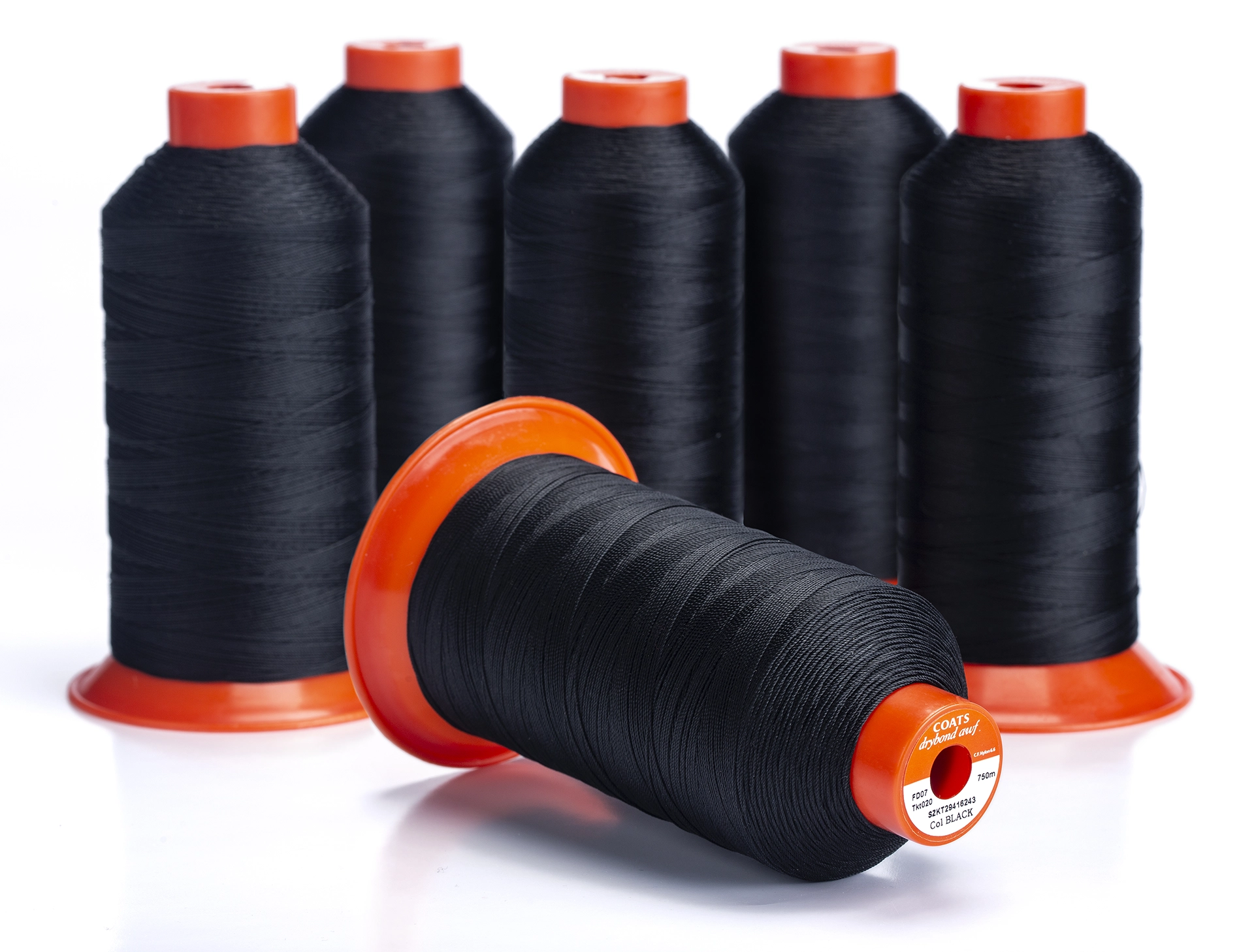
Water is an essential commodity that is experiencing a growing demand in numerous countries worldwide. The textile sector consumes a substantial amount of water during operations, especially in the dyeing processes.
At Coats, managing and preserving water resources sustainably is a core value. As we celebrate World Water Day, we acknowledge the critical significance of preserving our water resources and protecting the environment & communities.
Through our next-generation technologies, improved processes, and supplier collaborations, we are committed to responsibly managing water consumption and using water as efficiently as possible. We are dedicated to managing subsequent wastewater discharge responsibly, with no negative impact on the environment or communities in the areas where our units operate.
Our commitment is supported by our ongoing efforts to reduce water intensity across the group through the use of cutting-edge technologies.
We have made substantial progress over the years. In 2023, we enhanced our overall water recycling rate by 13.5% over the 2022 baseline, resulting in 995 thousand cubic metres of recycled process water. We dyed 3.6 million individual thread batches and 188 distinct shaded throughout our 26 dyehouse and laboratory locations across the world. Dyehouse processes account for about 50% of our global water use.

Between 2019 and 2022, we achieved an important milestone by reducing water intensity by 38%. Building upon this milestone, we have further reduced water consumption by an additional 5.5% in the year 2023 reducing the consumption to 35.6 Ltr/Kg.
While we constantly strive to reduce water intensity, current technology and chemistries limit our options. Water is a strategic pillar, and we continue to control our water intensity. We are also focusing on protecting the environment and operations by strengthening our water recycling capabilities across Coats.
At Coats, we emphasise our commitment to water stewardship. We understand that the water we consume does not belong to us, and it is our job to make sure that it is returned to the communities from which we borrow. We are paying special attention to our manufacturing units that have a higher consumption of water. We are also focussing on unit locations where increased water stress is anticipated.
Case Study - Nylon Black
Through extensive analysis, laboratory testing, and collaboration with suppliers, our team in China optimised the nylon black dyeing process to improve product quality. The team also helped in a 50% reduction in the number of water-related treatments & chemicals used in the process. Optimised nylon black dying process also helped in cutting short the overall dyeing cycle time and increased energy efficiency.

Since implementing the new dyeing process in January 2023, the Coats group has saved 8.7 tonnes of chemical auxiliaries, 2.4 tonnes of dyestuff, and 9,559 cubic metres of water.
Our operations are now regarded as 100% Zero Liquid Discharge (ZLD) due to improvements made to the water recycling facility in Ambasamudram (India). In 2024, we intend to construct brand-new, incredibly efficient water recycling plants in Chittagong (Bangladesh) and Bogor (Indonesia).
We have partnered with Twin Solutions to support of our water intensity reduction program. In 2023, Coats launched a waterless dyeing process to pilot in Asia and Europe.
The pilot units are specialised in offering customers quick colour samples at rates far faster than those possible with wet processing, all without the need for chemical auxiliaries or water. We continue to invest in cutting-edge technologies like waterless dyeing, biomaterial development, and in-line technology, along with collaborating with chemical and machine manufacturers, to advance innovations and establish new benchmarks for operating in a more environmentally conscious world.
At Coats, we are committed to reducing freshwater abstraction, particularly in regions facing high to very high water stress, and to ensuring that the water we utilise is returned to the environment in a suitable condition for others to use. Our primary focus is on minimizing or eliminating water consumption, recycling water where applicable, and implementing technologies that prevent water contamination or offer better post-use remediation.
We have increased our water recycling rate by 14% versus our 2022 baseline. We have set a target to achieve a 33% increase in the water recycling rate by 2026. Our focus will remain on high and medium water stress locations.
On World Water Day, we reaffirm our commitment to responsible consumption of water & its sustainable management. Through innovation & strategic collaborations, we will continue to seek new ways to reduce water intensity, and recycling where possible for our global operations.
